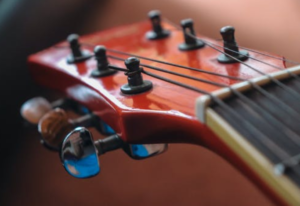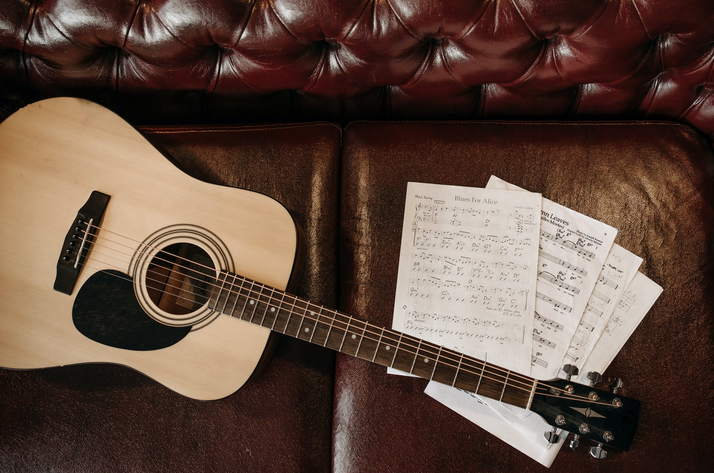Are you a musician or guitar player? Do you have all the gear that you need to play your instrument? It’s not always easy finding out what equipment is necessary for playing. If you’re looking to expand your arsenal of guitars, amps, pedals, and other tools, then here are some great suggestions for must-have guitar gear.
The Guitar
 It makes sense to start with the guitar when it comes to what you need. The best advice is not to go cheap on this, especially if you are learning or already have a real instrument at home. A good one will last you for years and be something that can always carry over into adulthood – maybe even passing down through generations of musicians in your family.
It makes sense to start with the guitar when it comes to what you need. The best advice is not to go cheap on this, especially if you are learning or already have a real instrument at home. A good one will last you for years and be something that can always carry over into adulthood – maybe even passing down through generations of musicians in your family.
Guitars can be more expensive than other equipment like soft clipping overdrive pedals, but it’s a good investment. If you are looking for a guitar to start with, we recommend an acoustic or classical guitar as they are the most versatile and beginner-friendly.
Guitar Amp
There are many different types and sizes to choose from when it comes to amps. The important thing is that your amp meets the needs of both you and your band. Consider factors such as the venue size, crowd noise level, stage volume of other instruments in your band (are they loud or soft), how many people will be using it at once, whether you’ll need to mic it from time to time for recording purposes, etc.
There are two main types of guitar amplifiers: Combo amps, which contain speakers and amplifiers in a single unit with one or two separate channels to control the volume. These often have built-in effects such as reverb. A head amp is an amplifier that can be taken out of your speaker cabinet/cabinet stack for use without a speaker cabinet (practice amps). Most amplifiers sold today are combos, but head amps tend to be more popular for professional musicians.
Pedal Board
 Another must-have piece of gear for any guitarist is a pedalboard. This allows you to keep all your pedals in one place, making it easy to switch between them during a performance. There are many different types and sizes of pedalboards available, so be sure to choose one that will fit all of your pedals.
Another must-have piece of gear for any guitarist is a pedalboard. This allows you to keep all your pedals in one place, making it easy to switch between them during a performance. There are many different types and sizes of pedalboards available, so be sure to choose one that will fit all of your pedals.
Another important consideration when choosing a pedalboard is the power supply. Most pedalboards come with their power supply, but if yours doesn’t, you’ll need to get one that can handle the wattage of all your pedals.
When setting up your pedalboard, one other thing to keep in mind is cable length. You don’t want cables running across the stage and getting in the way of your bandmates, so keep them short where possible. A pedalboard will also help prevent you from stepping on or pulling out the wrong cable.
In conclusion, a guitar is an essential instrument to play music. A guitar needs an amplifier and pedal board as well.
